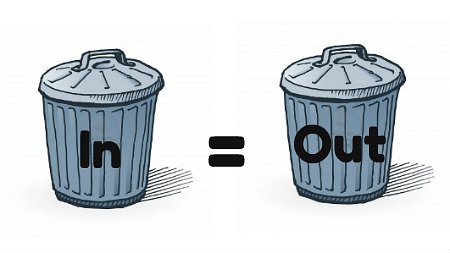 I’m amazed by the failure rate of today’s sales and marketing efforts in enterprise tech firms (startups and more mature companies too). Surveys show that maybe 20% of “marketing qualified leads” are actually leads. Only 1% of of cold calls turn into opportunities. Cold email response rates are even lower. Check the open rates on your marketing teams “death by spam” campaigns to your prospects and clients – you’d be lucky if they are getting opened 20% of the time.
I’m amazed by the failure rate of today’s sales and marketing efforts in enterprise tech firms (startups and more mature companies too). Surveys show that maybe 20% of “marketing qualified leads” are actually leads. Only 1% of of cold calls turn into opportunities. Cold email response rates are even lower. Check the open rates on your marketing teams “death by spam” campaigns to your prospects and clients – you’d be lucky if they are getting opened 20% of the time.
But that’s not the worst of it. The reality of some young SaaS companies is that many of the “customers” they sell fail with the product and cancel or don’t “convert” within months of the initial sale. I’ve seen rates of 40% of new clients churning in the next quarter.
Let me be clear – this is failure, on a large scale. If you are actually “data driven”, you should be horrified by this development. Yet all around me I hear glib hustlers talking about how we’ve created a new sales and marketing model in the SaaS world. It’s time to wake up – the “best practices” on display at many young SaaS companies are not best practices at all. They don’t work well, are very expensive and in many cases hide real problems in strategy that need to be dealt with head-on. This is only possible via VC funded unreality, not in any business that is actually trying to build a profitable operation.
So, what is at the core of this problem? “Sales specialization” is the culprit. Fundamentally, what sales specialization does is allow you to be far too reductive about what good enterprise sales actually looks like. Incentives are created to generate numbers – but sales is not fundamentally a “numbers game”. You don’t manage a territory using conversion chains, you do so by building relationships. Via engagement. By being seen as a trusted advisor, an ally and someone who “gets it”.
Don’t listen to me, go out and do your own research. What do customers/buyers have to say about dealing with your frenetic, amateurish “BDRs”? Let’s just take this very front edge of the funnel. Why on earth does it make sense to have the first contact with your company be the least skilled and knowledgeable person they could speak with?
Churn is often looked at as an isolated problem, and many times is attributed to product experiences. But in fact, it’s very likely that what’s happening is that many SaaS companies are pushing way too hard and reduce the threshold to a “sale” so low as to make it not really a sale at all.